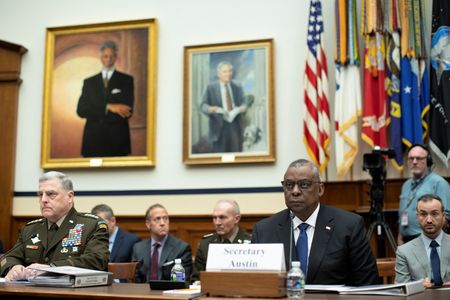
US ‘realigning’ posture in Indo-Pacific towards ‘a more distributed footprint’ amid Chinese challenges: Austin

Washington, Apr 8 (PTI) Amidst challenges posed by China in the Indo-Pacific, the US is “realigning its posture” in the strategically important region towards “a more distributed footprint”, Defence Secretary Lloyd Austin has said.
During his testimony before the powerful Senate Armed Services Committee on Thursday, Austin said China is the real worry for the defence department, and this is mirrored in the budget request as well. The US is investing some six billion dollars of the defence budget in the Pacific Deterrence Initiative, he said.
“It’s why we’re realigning our posture in the Indo-Pacific toward a more distributed footprint. We’re going to enhance our force posture, infrastructure, presence, and readiness in the Indo-Pacific. This includes the missile defence of Guam. “And it’s why we’re making broad investments in such key areas as undersea dominance, fighter aircraft modernisation and advanced weaponry, including hypersonic strike,” Austin told the lawmakers.
Describing Beijing as a “pacing challenge” for Washington, Austin told the lawmakers that he considers China to be a now and forever problem in terms of a challenge. “We want to invest in those things that help keep us ready, capable and dominant today, but also recognising that the challenge of China will evolve over time, investing now in those capabilities that will be relevant down the road as well,” he said.
The USD 773 billion request is firmly based on the new National Defense Strategy and provides the funds to ensure the United States can thrive in a world with China as the pacing challenge and deal with the Russian invasion of its neighbouring country, Austin said. The US, India and several other world powers have been talking about the need to ensure a free, open and thriving Indo-Pacific in the backdrop of China’s rising military manoeuvring in the region.
China claims nearly all of the disputed South China Sea, though Taiwan, the Philippines, Brunei, Malaysia and Vietnam all claim parts of it. Beijing has built artificial islands and military installations in the South China Sea. The Chairman of Joint Chiefs of Staff Gen Mark Milley told the lawmakers’ panel that the maritime and naval forces will be a dominant player in the region.
Responding to Senator Gary Peters’ query on the role of the US Army in the Indo-Pacific region, Milley said, “The army has a very important role in the Indo-Pacific. And, you know, just go back to World War Two. There were, I think, 15 or 20 divisions, Army and Marine, in the Indo-Pacific. Our largest land wars of the United States have been fought in the Indo-Pacific with Vietnam, Korea, and the World War Two Pacific campaigns.” “So, the ground forces have a very significant role. I would say that in any sort of future conflict if there was one — and hopefully there will never be one with China — my estimate is that the maritime forces and the naval forces will be the predominant player,” he said.
But the military forces that are on the ground, Army Special Forces, Marine forces, and army ground forces will be really significant, especially in areas like air defence, long-range fires, precision fires, and special operations, Milley said. “In addition to that, the amphibious forces of the Marines will be key. So there is a very important, very significant role for ground forces in the Pacific. But the predominance will likely be maritime or air forces,” he said.
Senator Jack Reed, Chairman of the Senate Armed Services Committee, said keeping the strategic competition with China front and Centre, the budget request includes USD 6.1 billion for priorities covered by the Pacific Deterrence Initiative or PDI. “Although we are awaiting the specific details of the department’s PDI request, I’m encouraged by the progress we have made thus far,” he said.
PTI LKJ RAX SCY AKJ SCY SCY


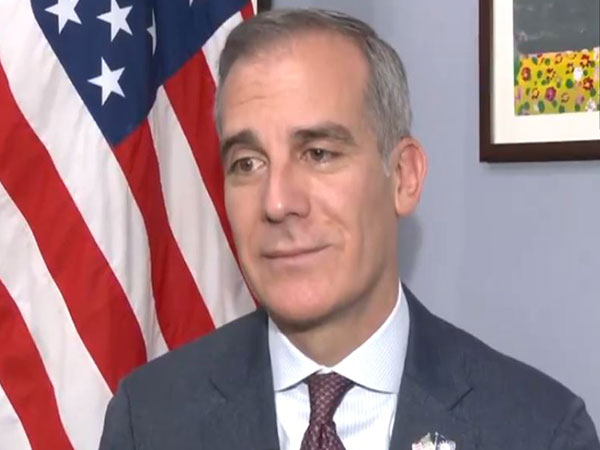
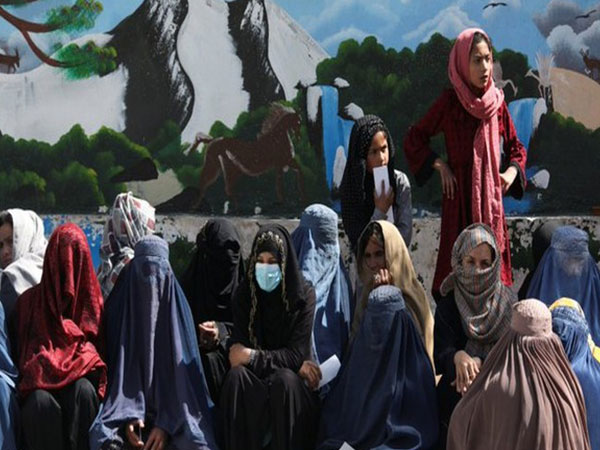

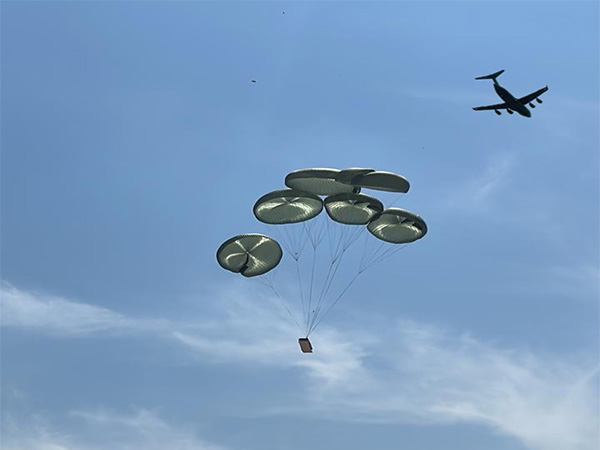
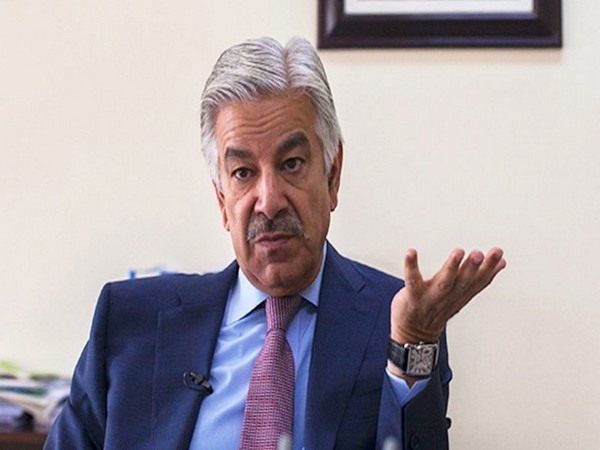
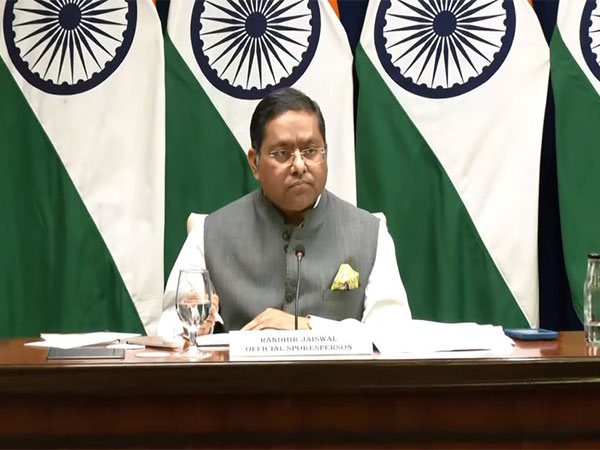









POST COMMENTS (0)